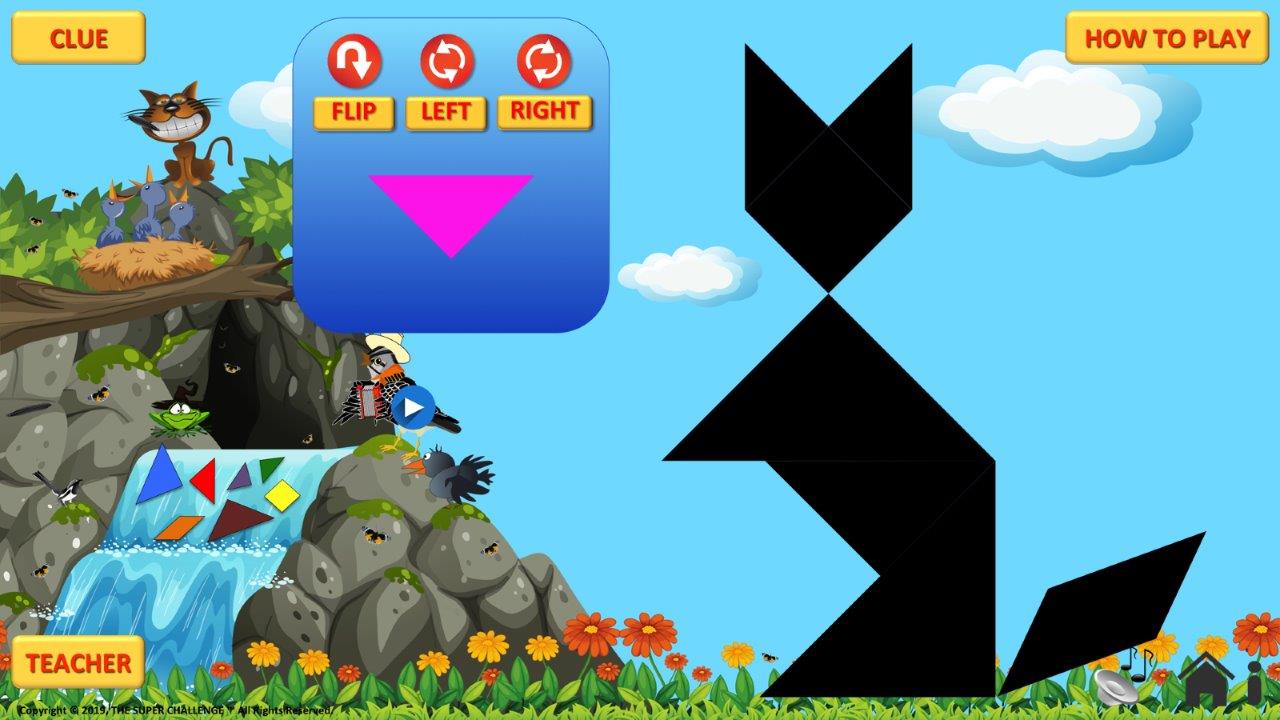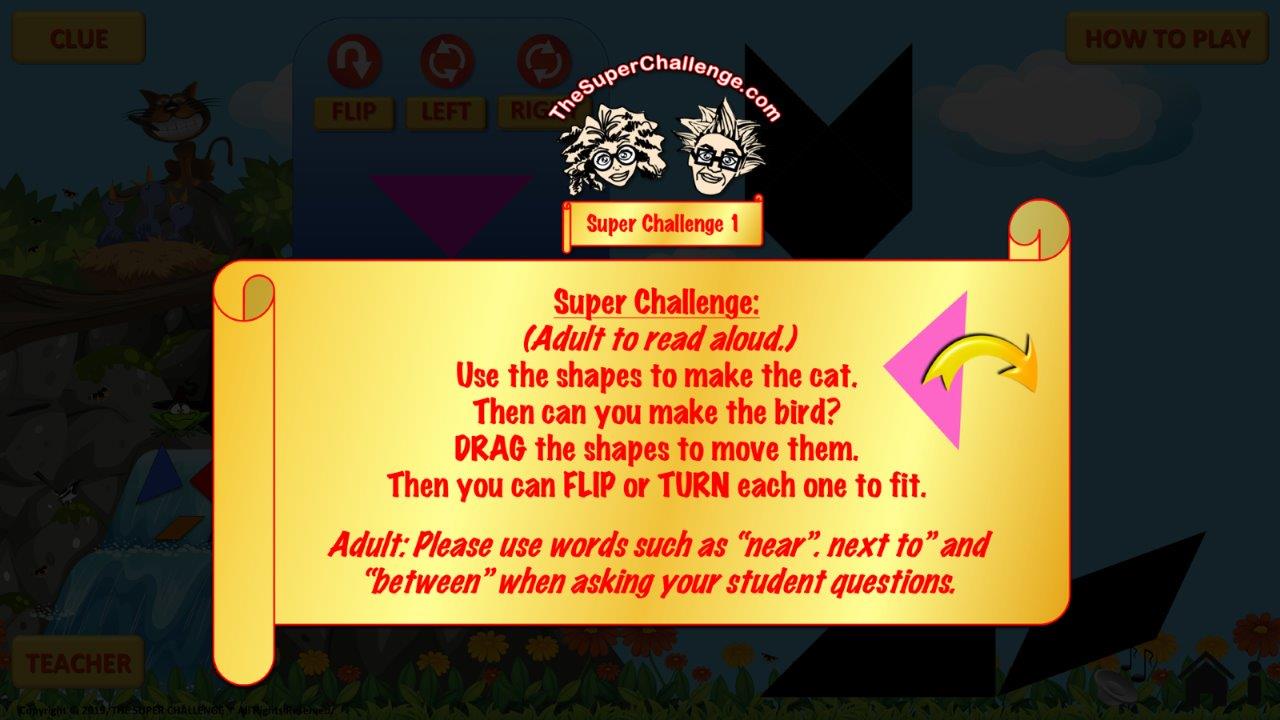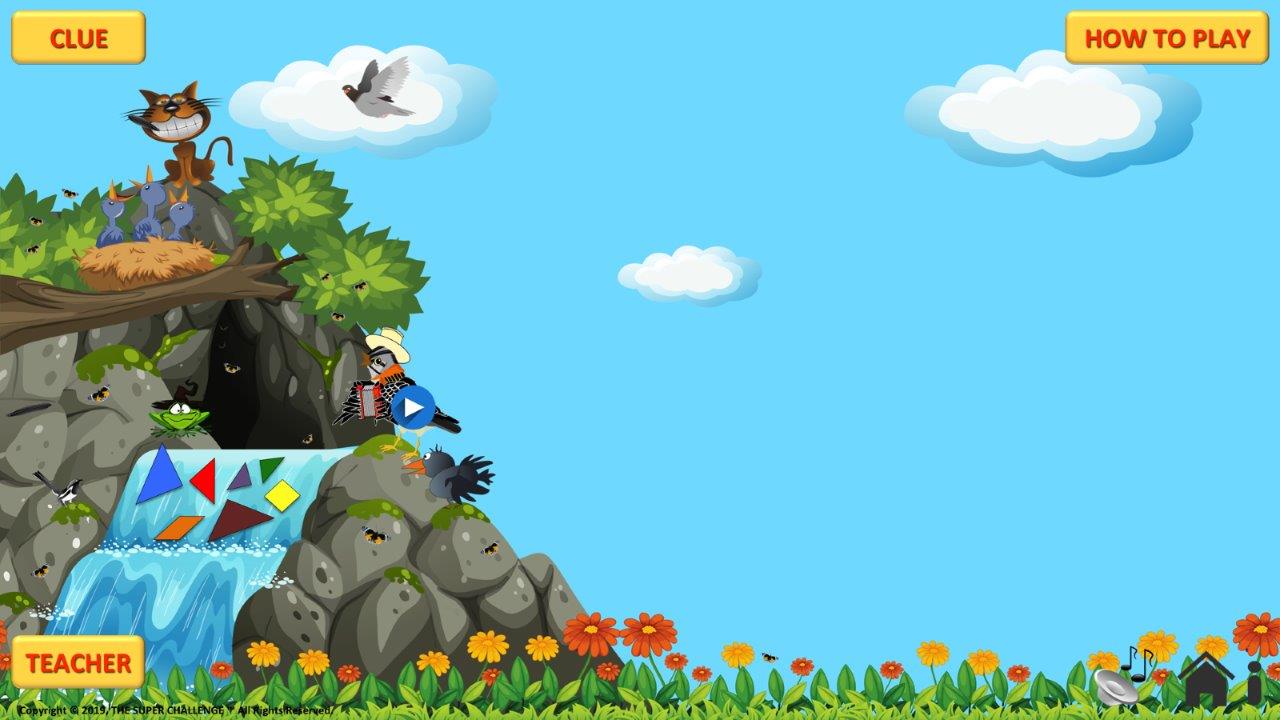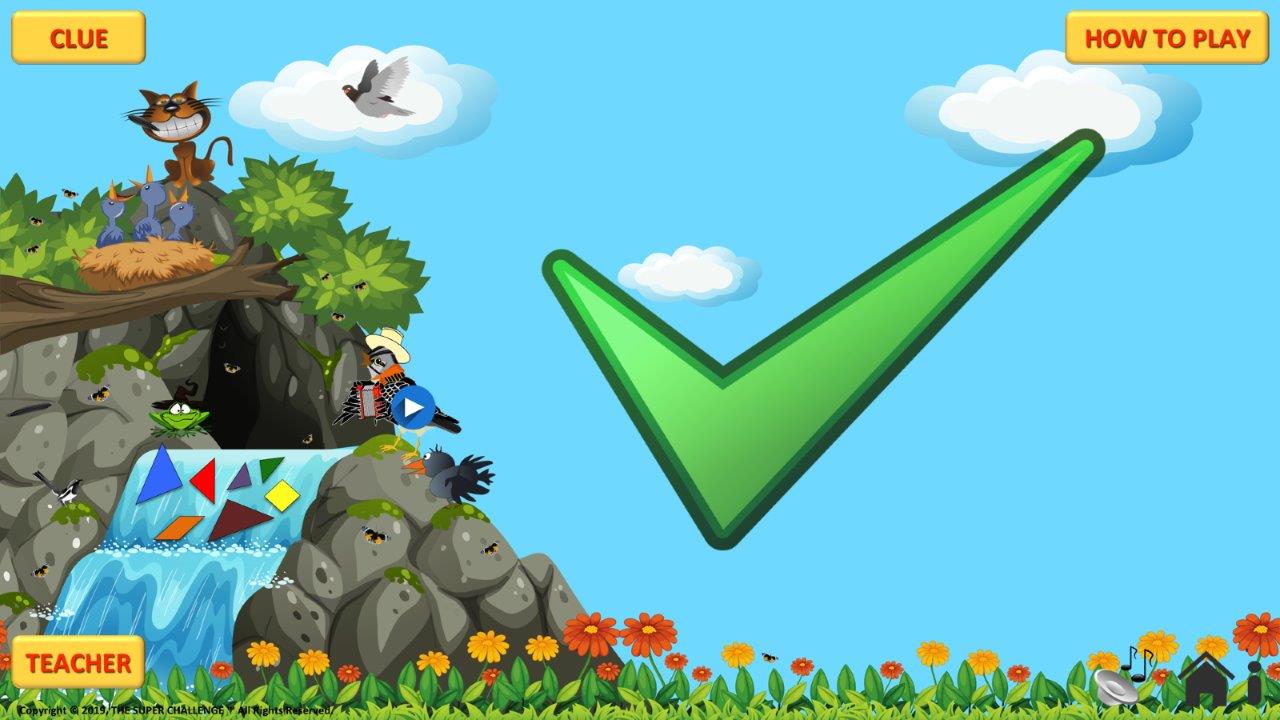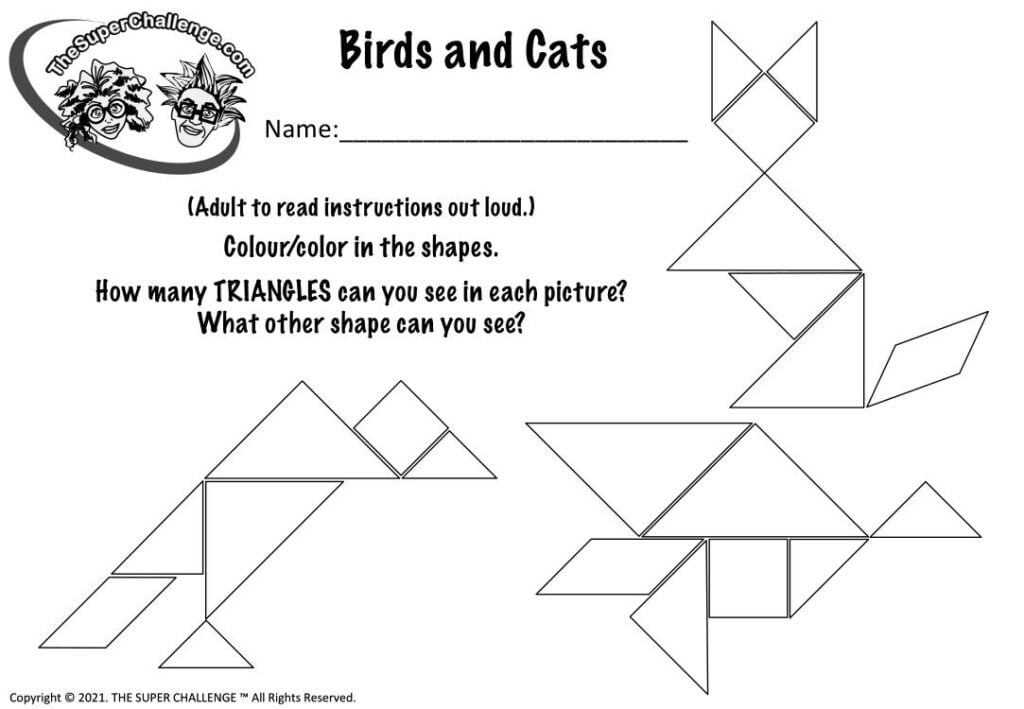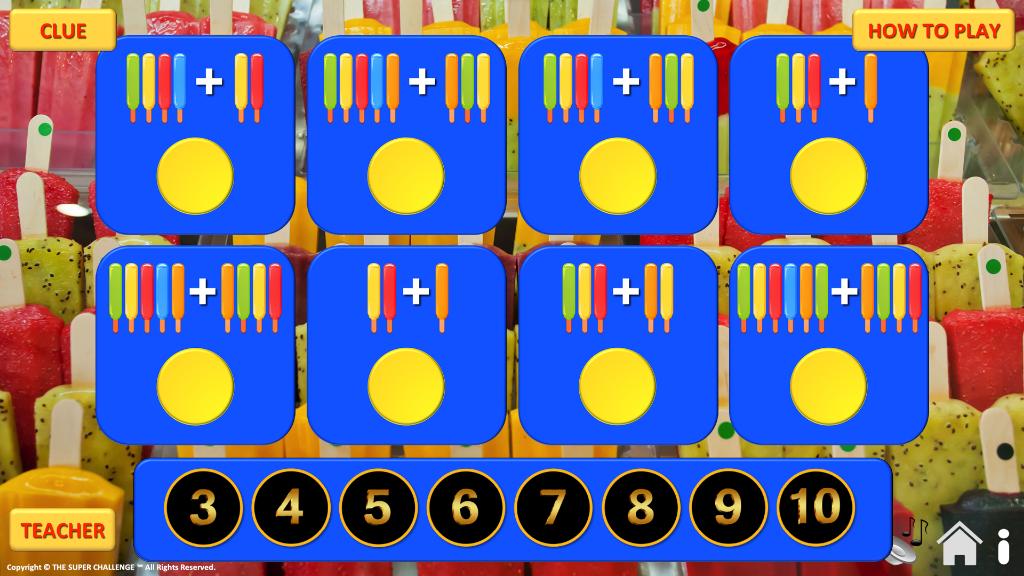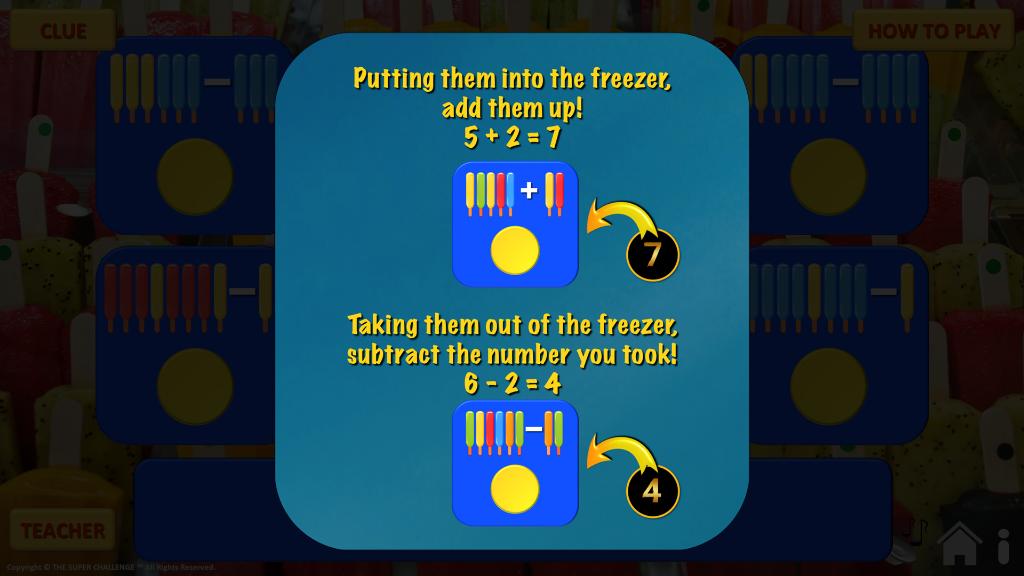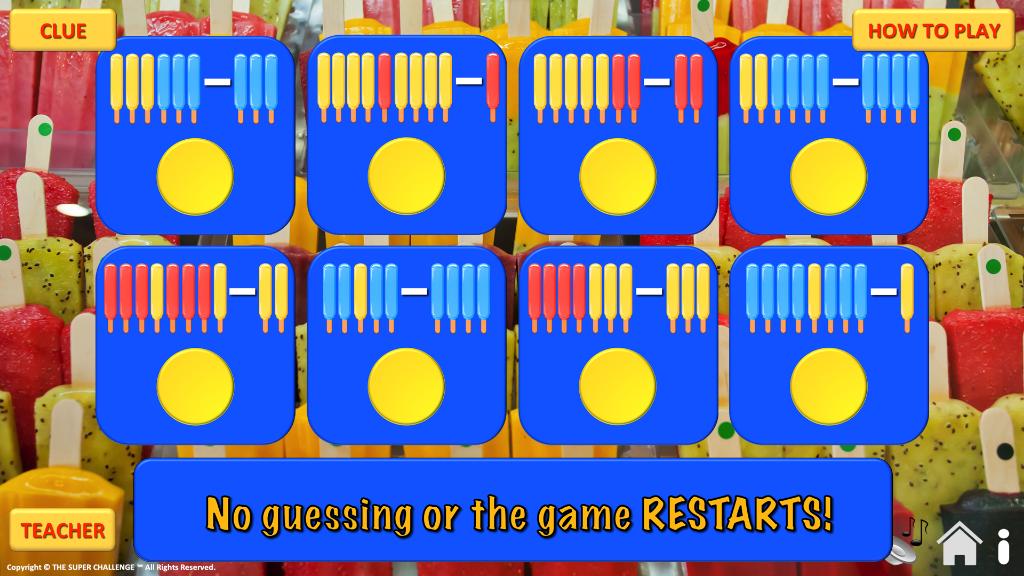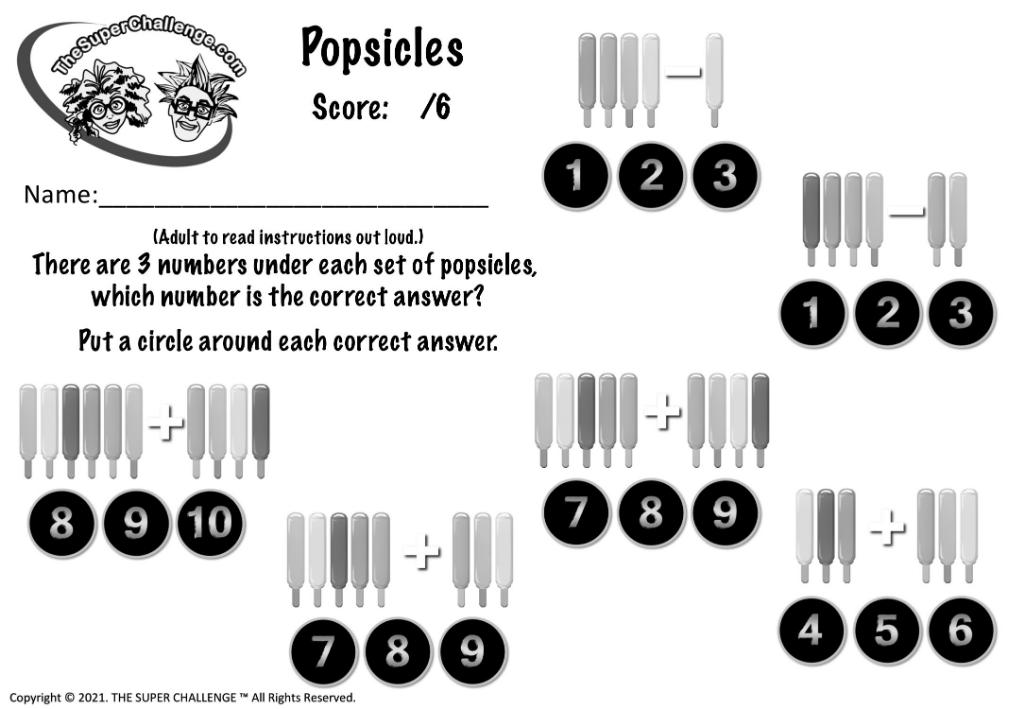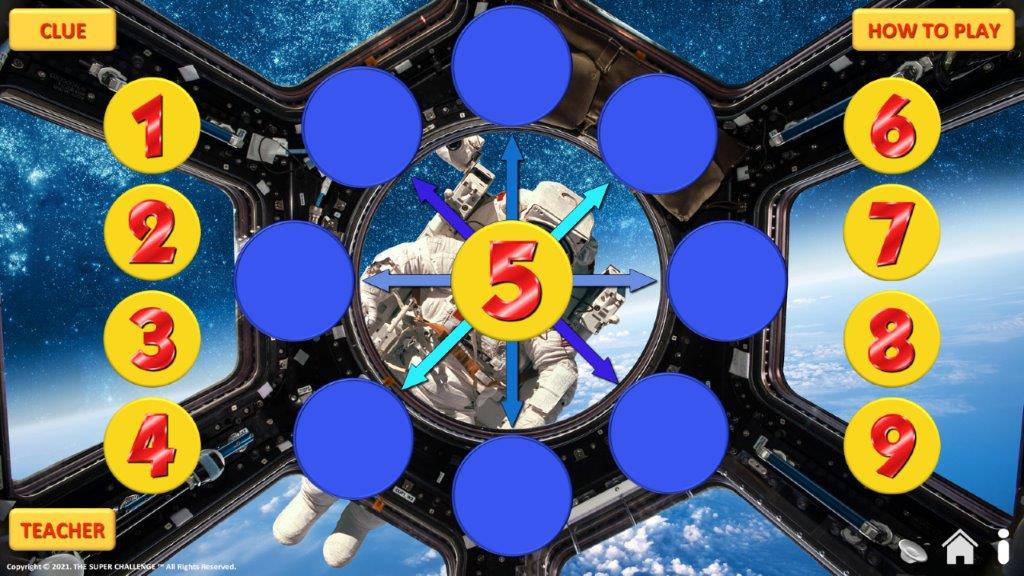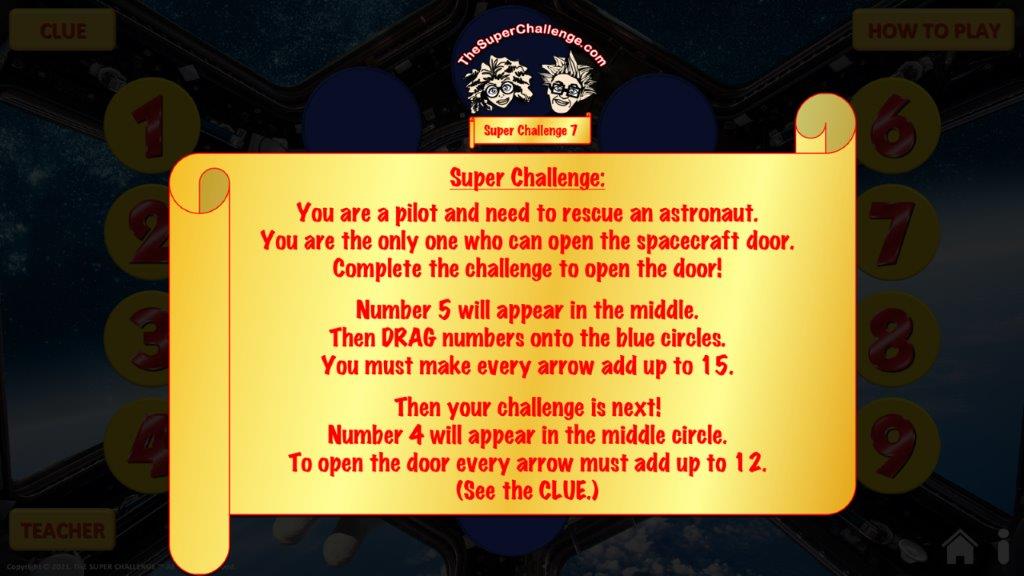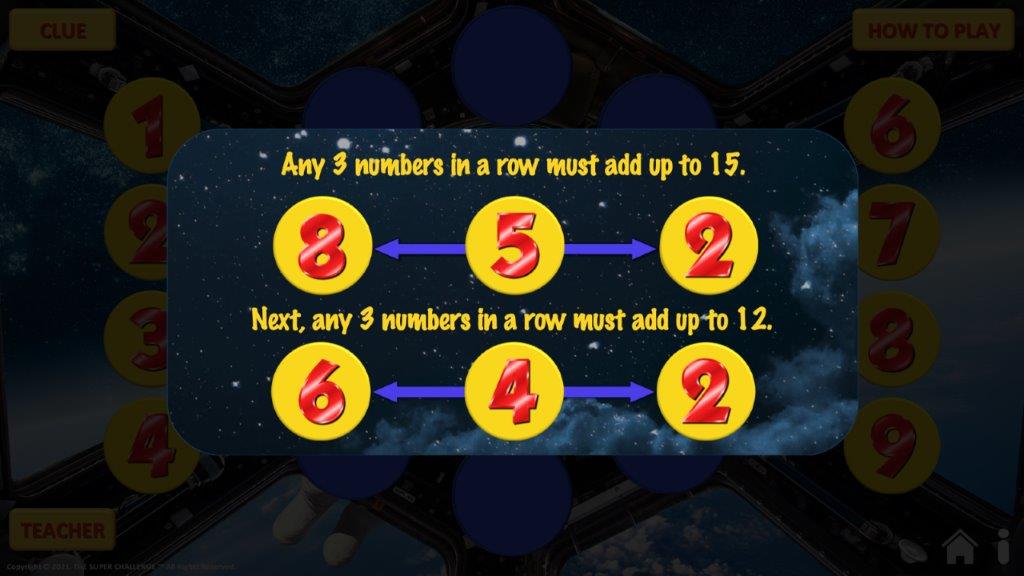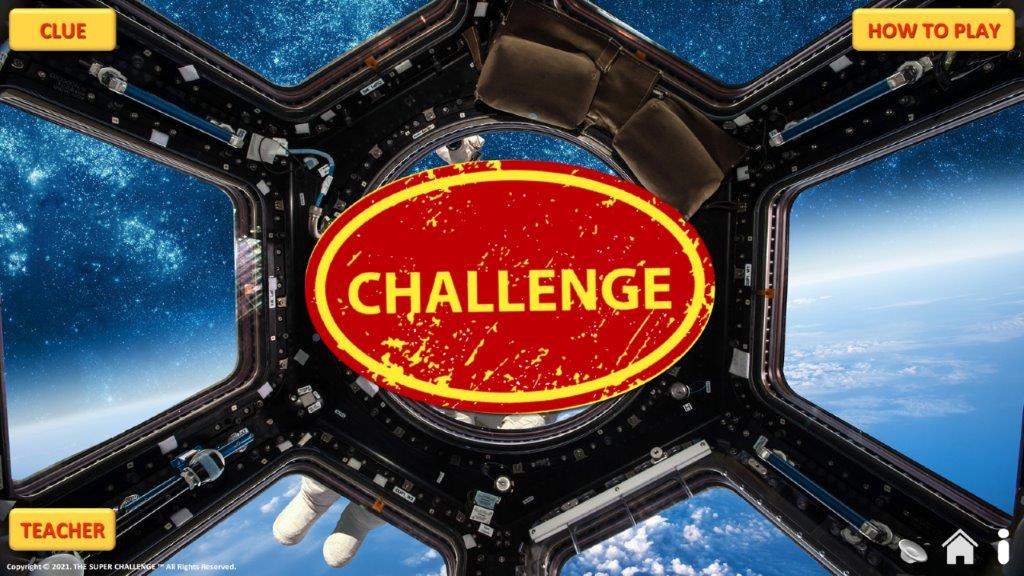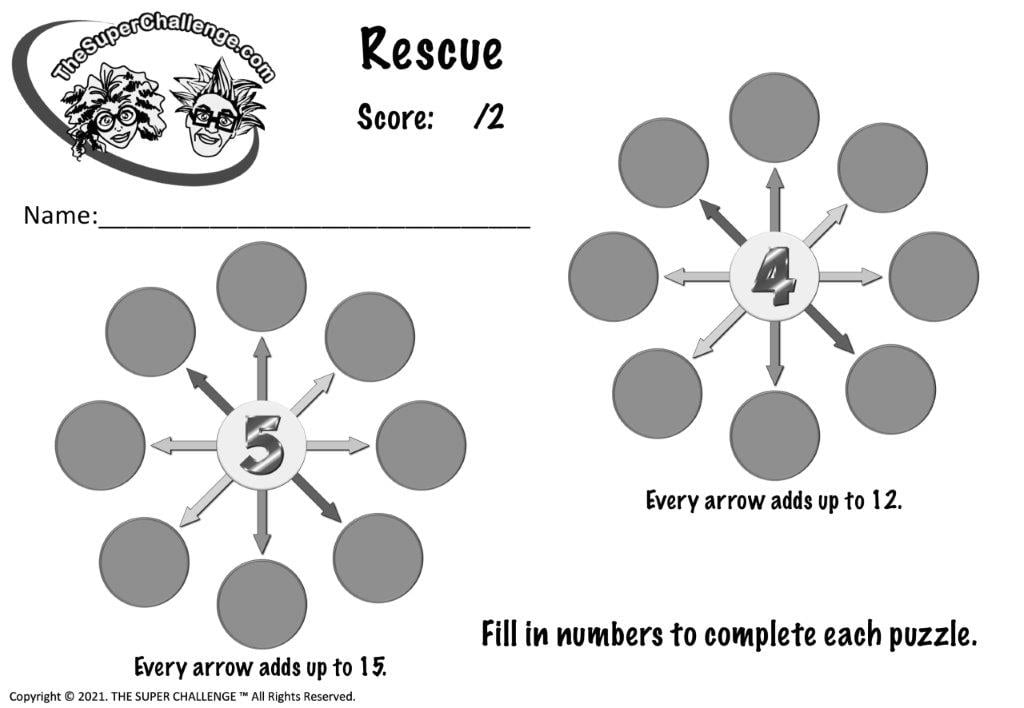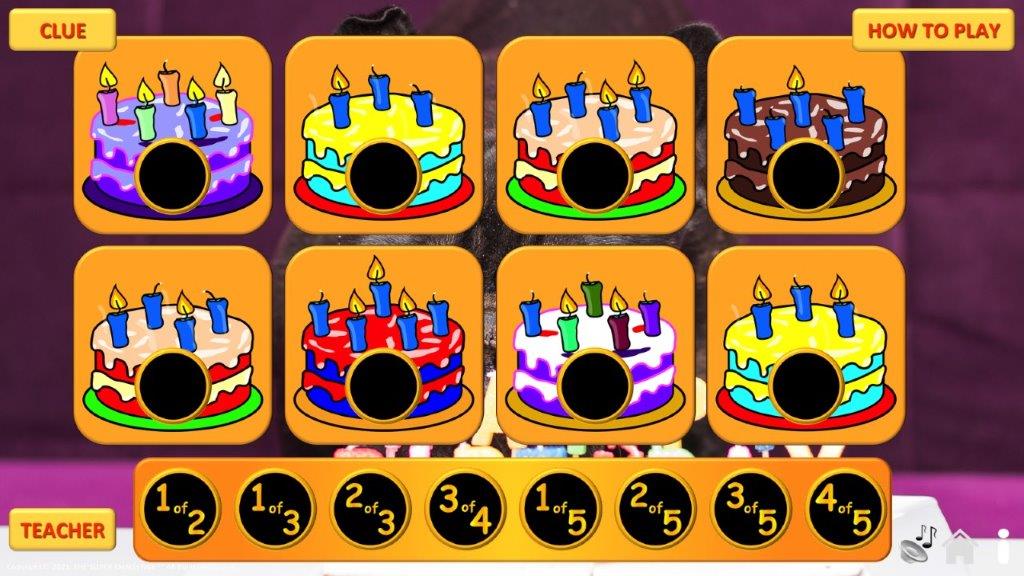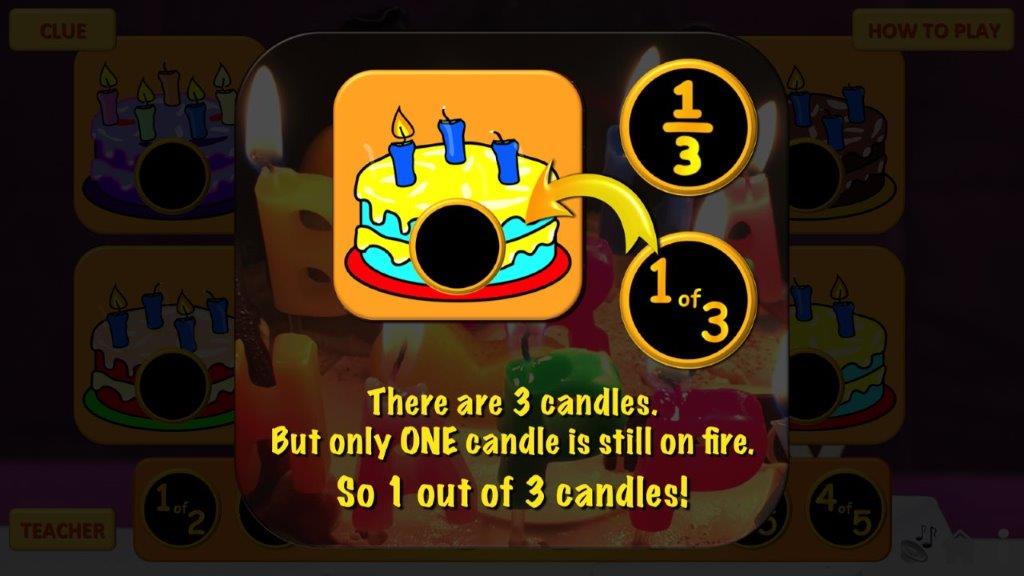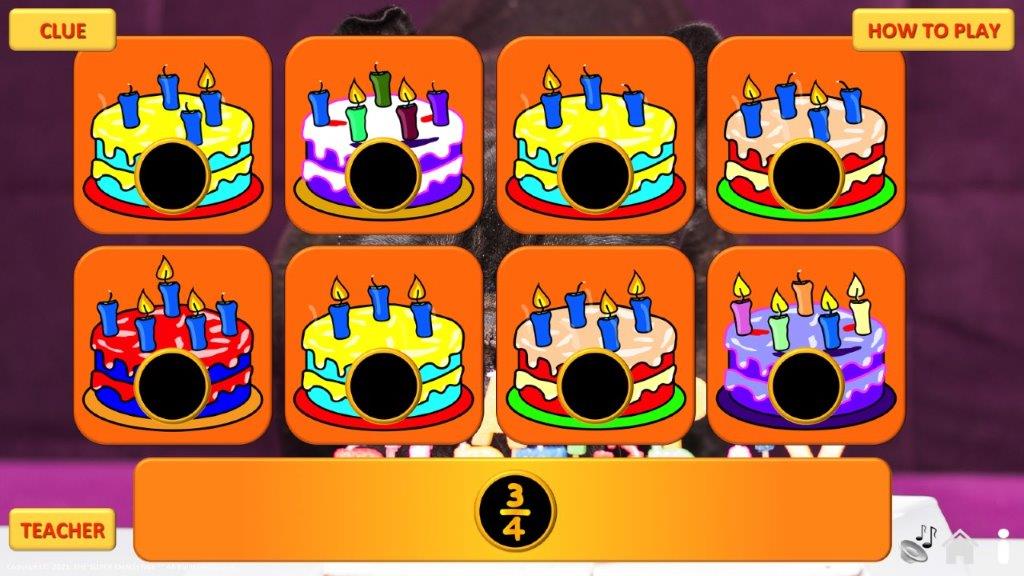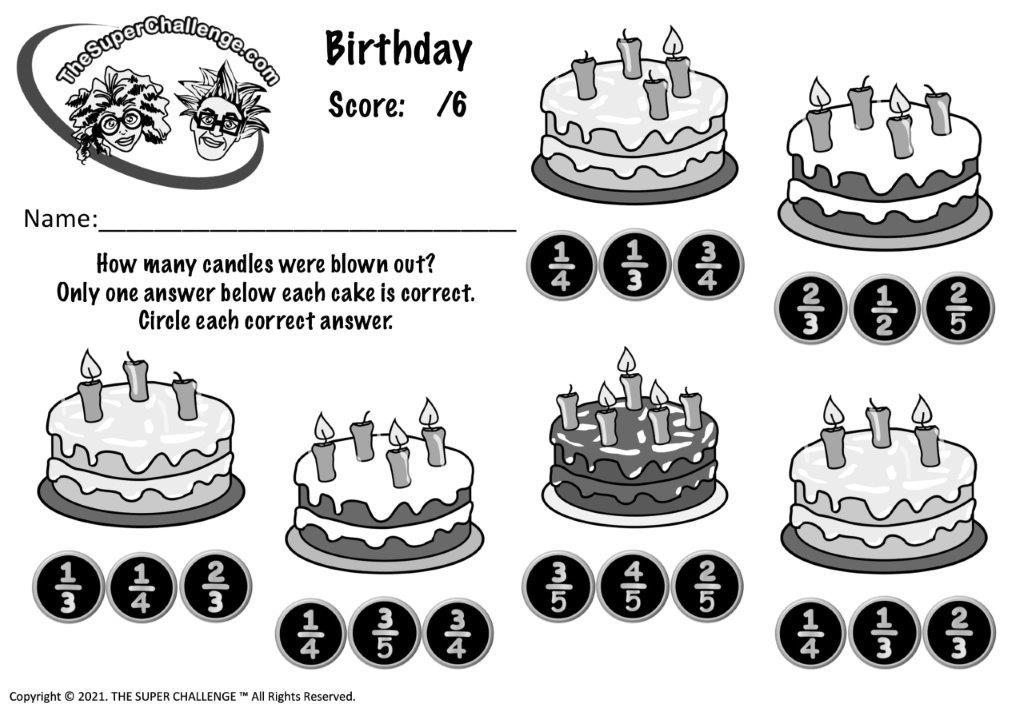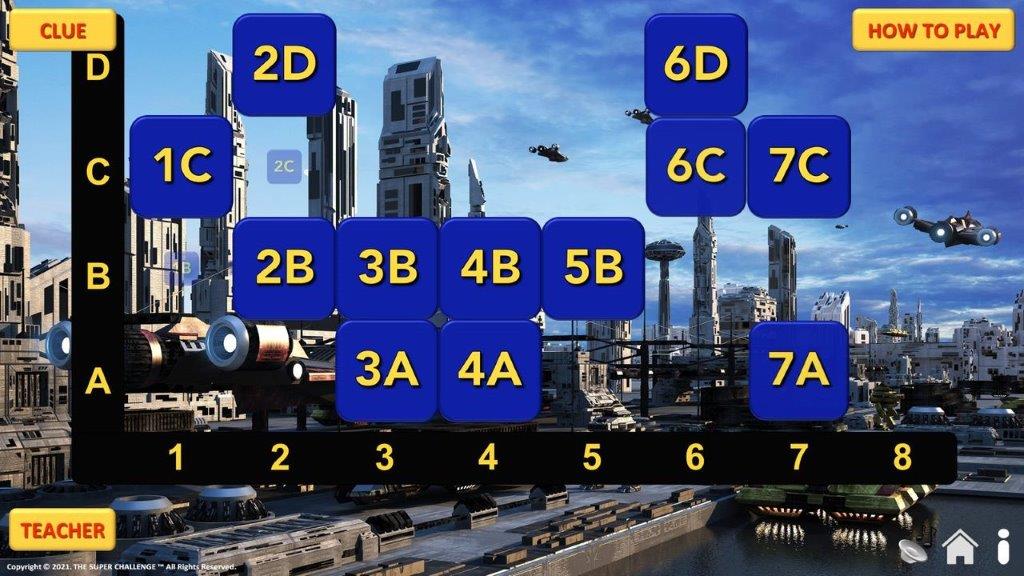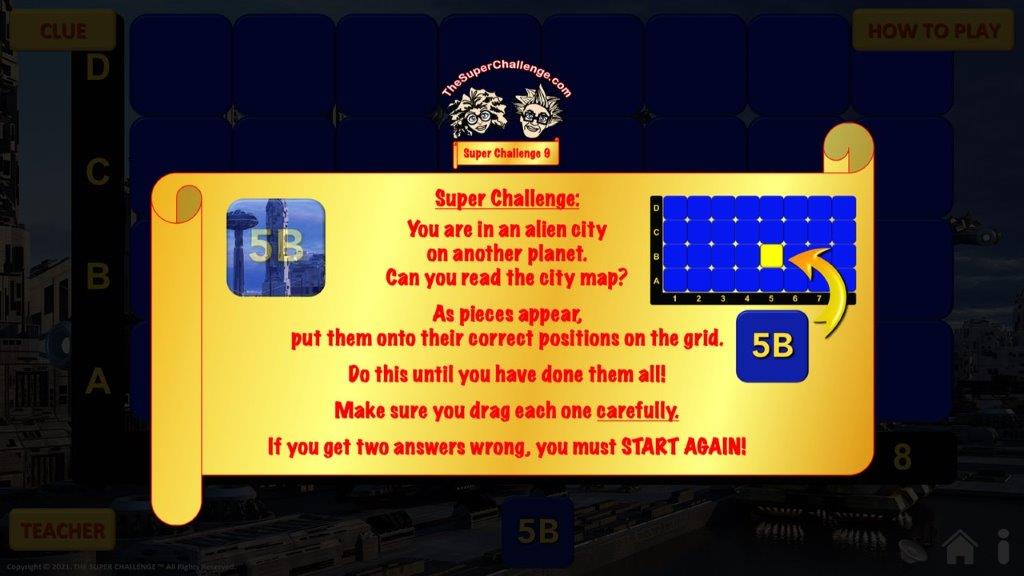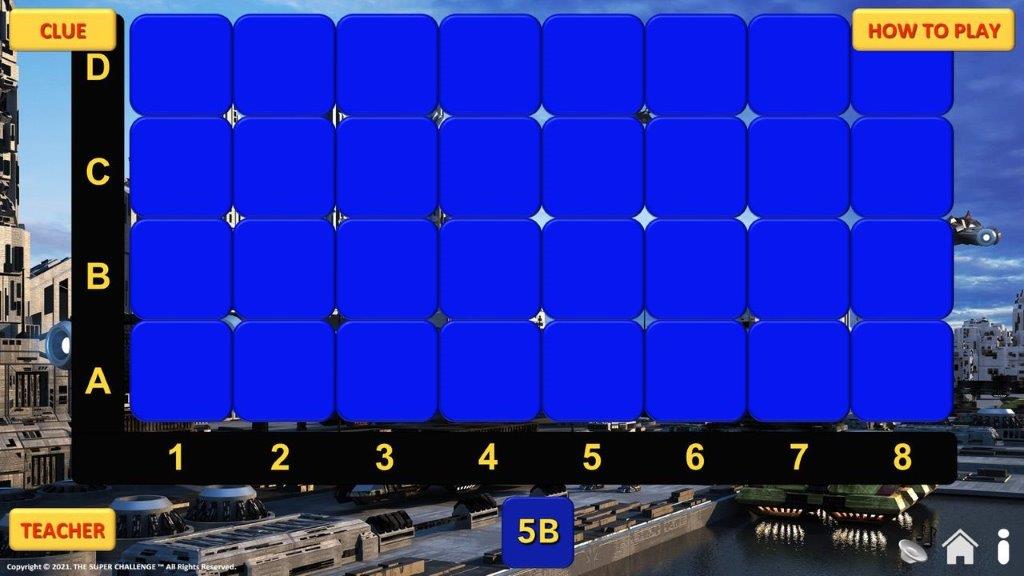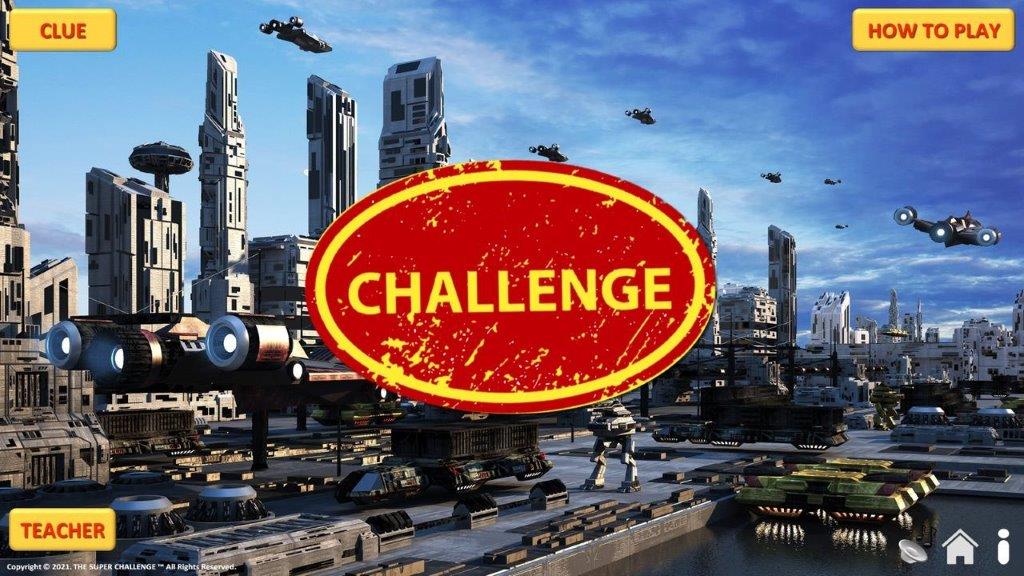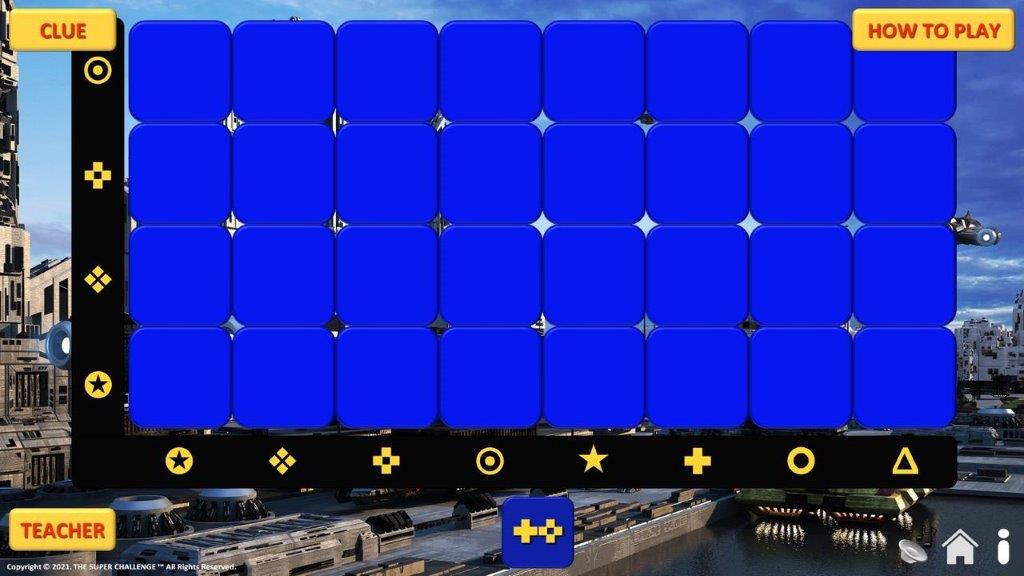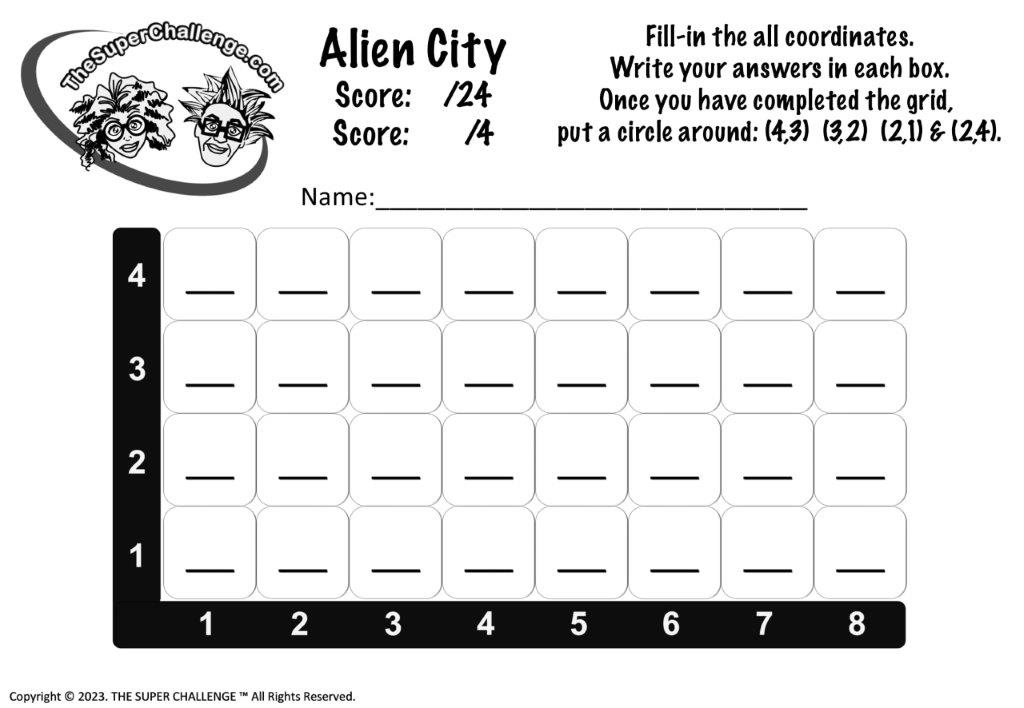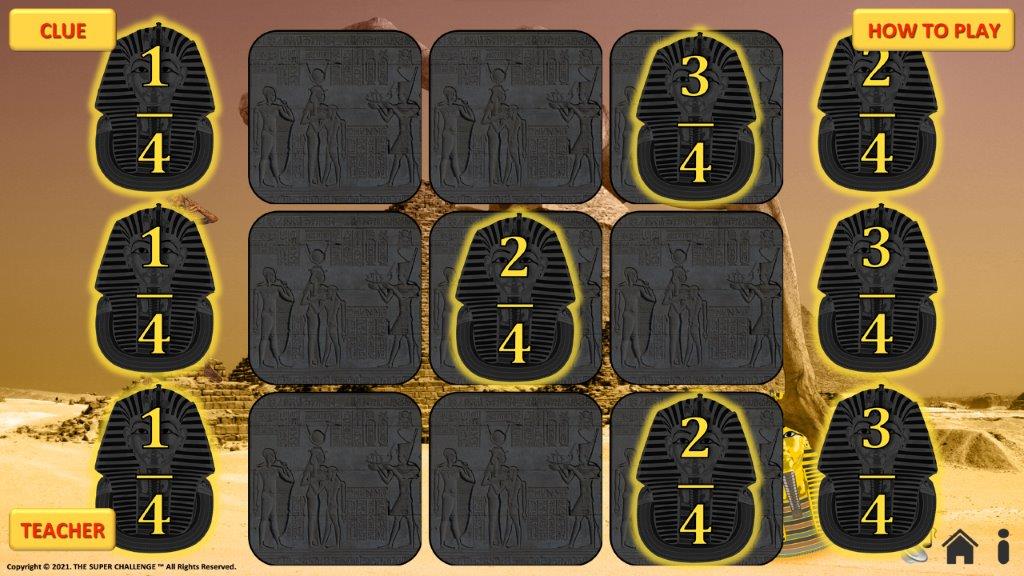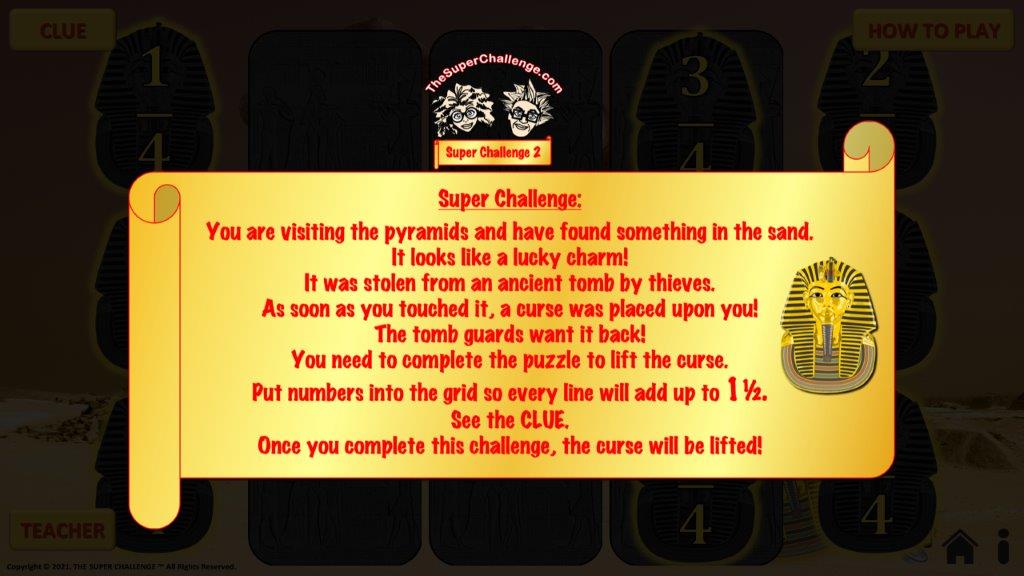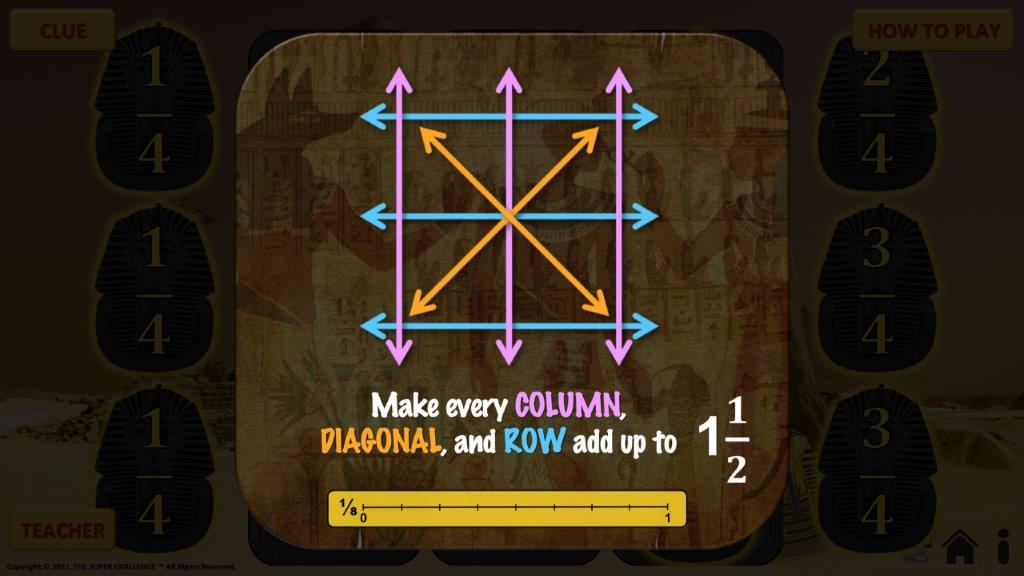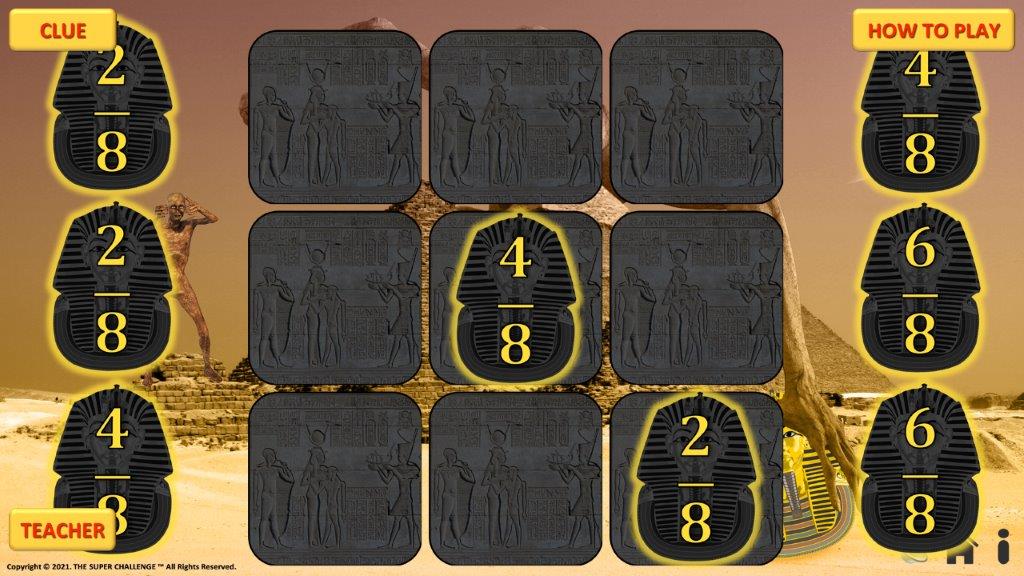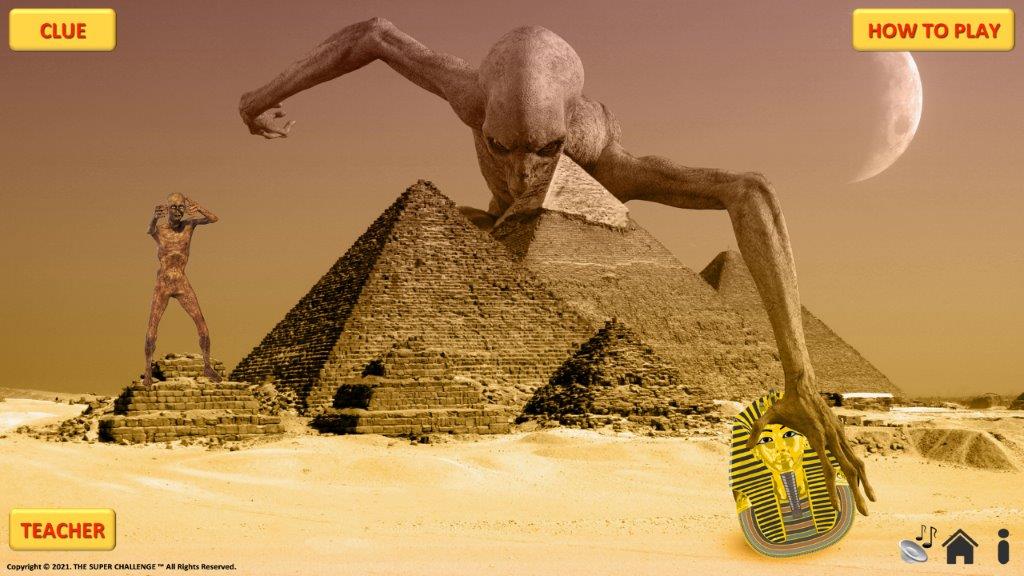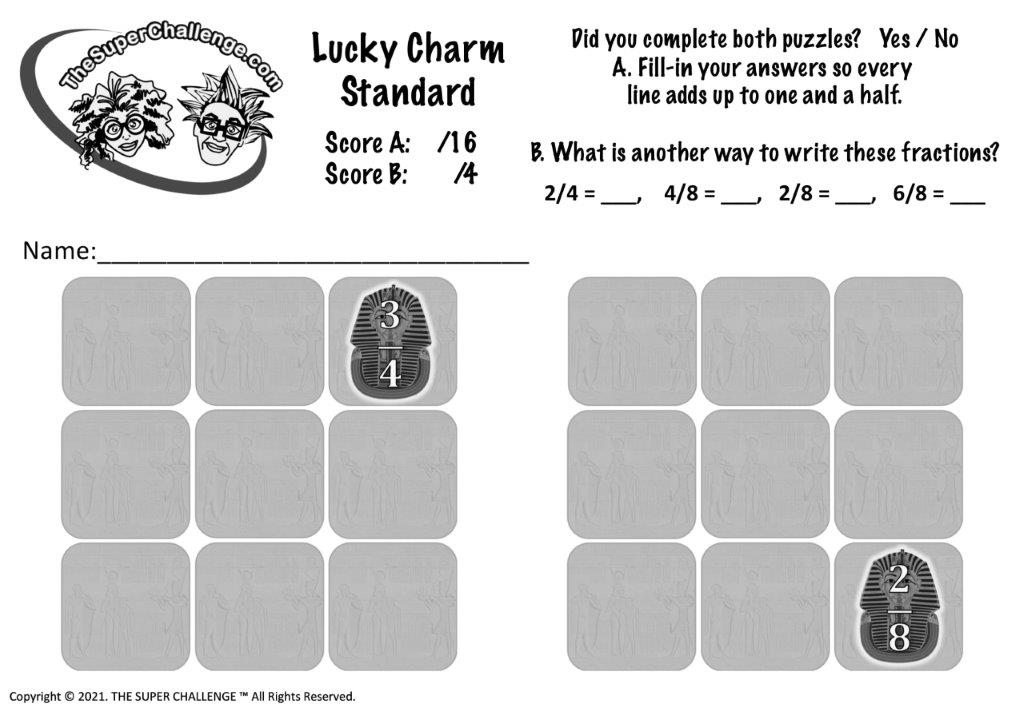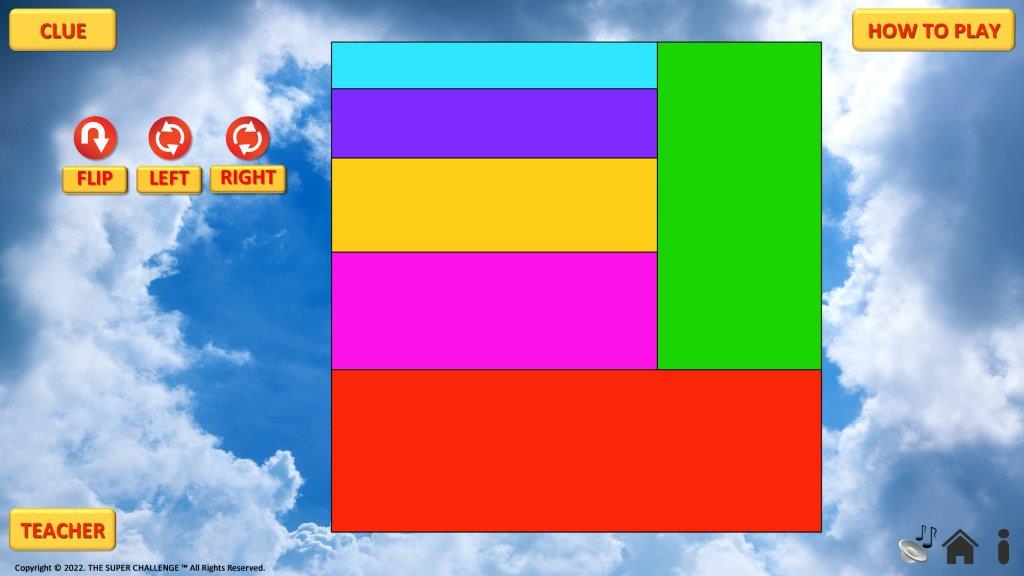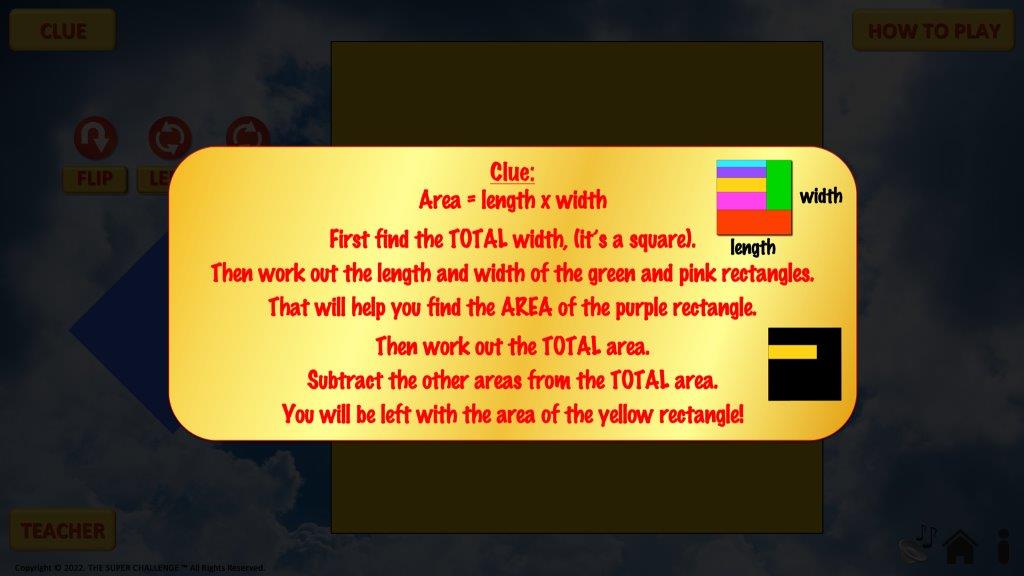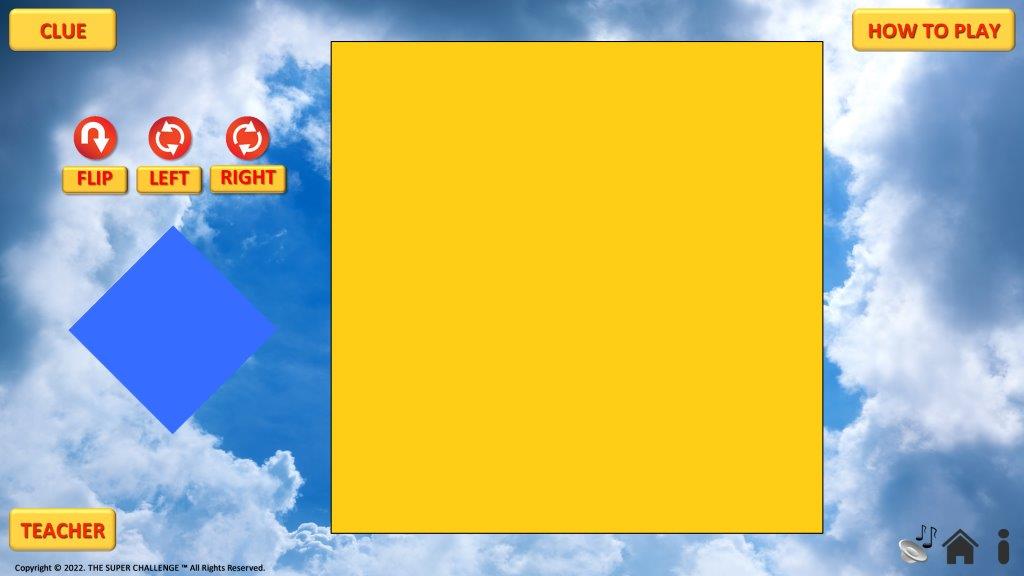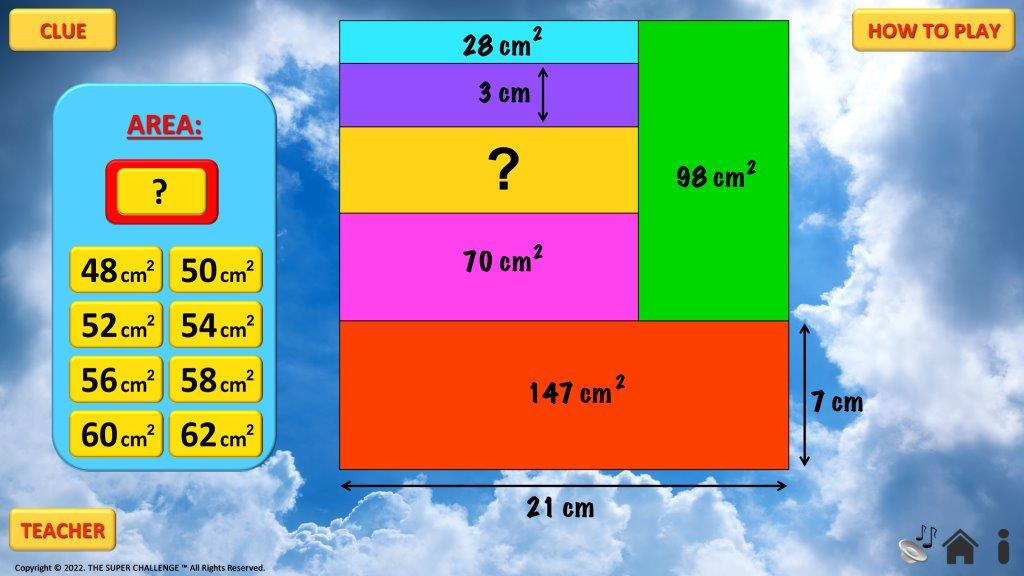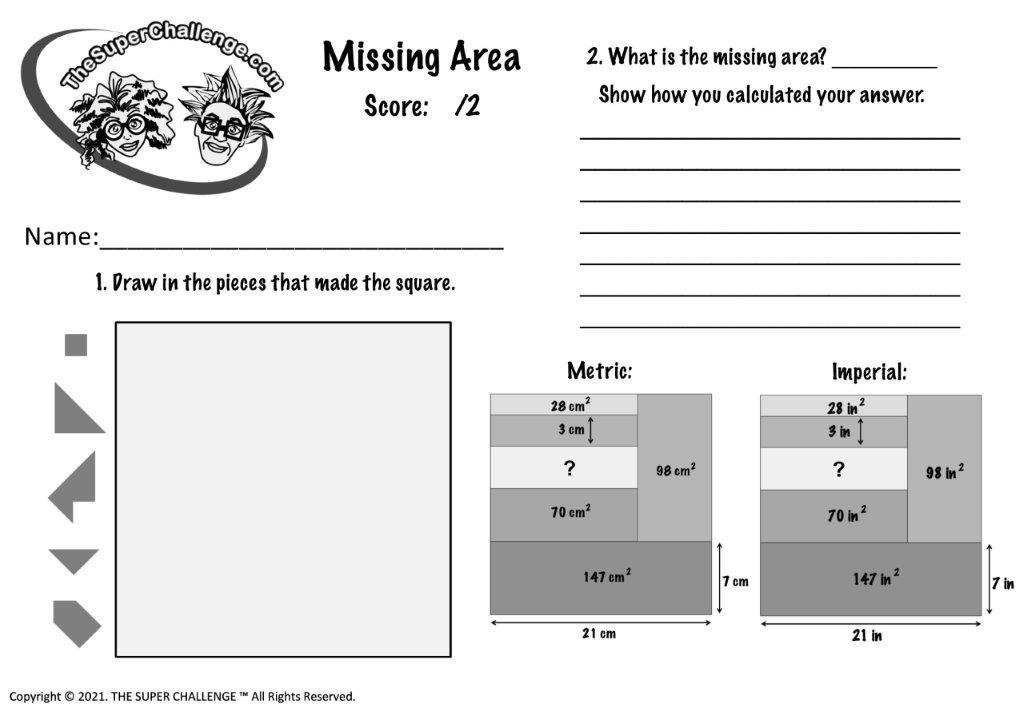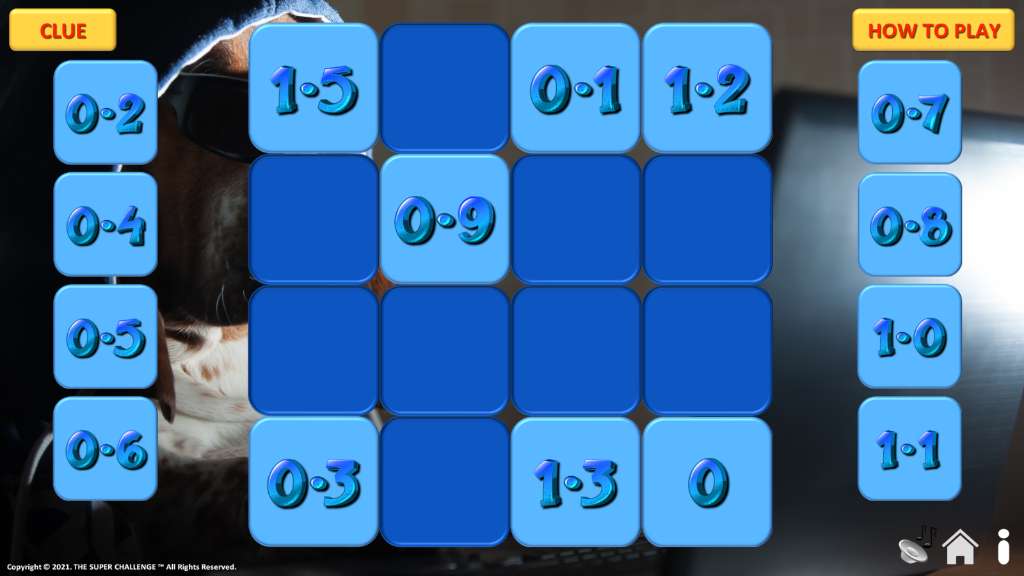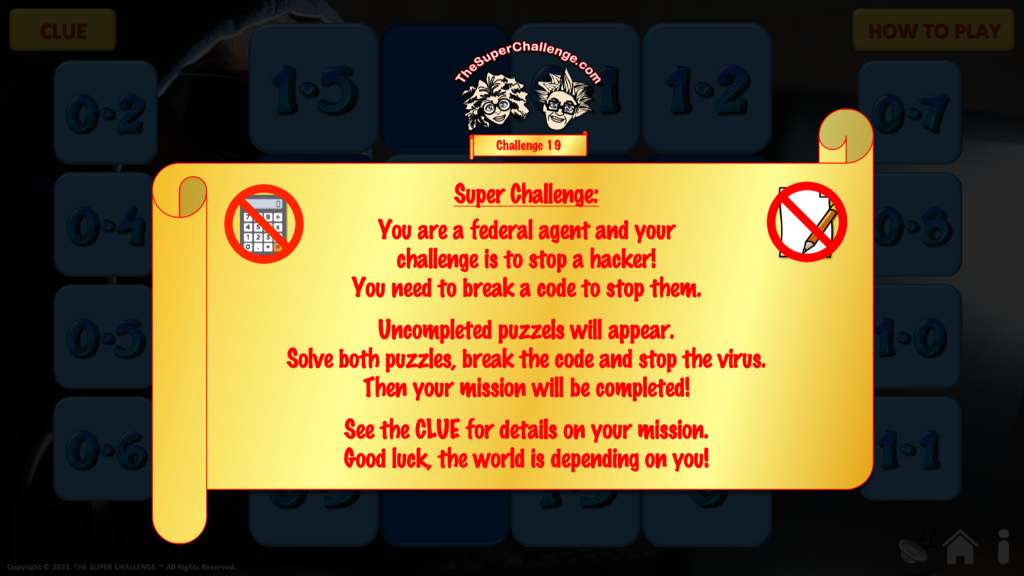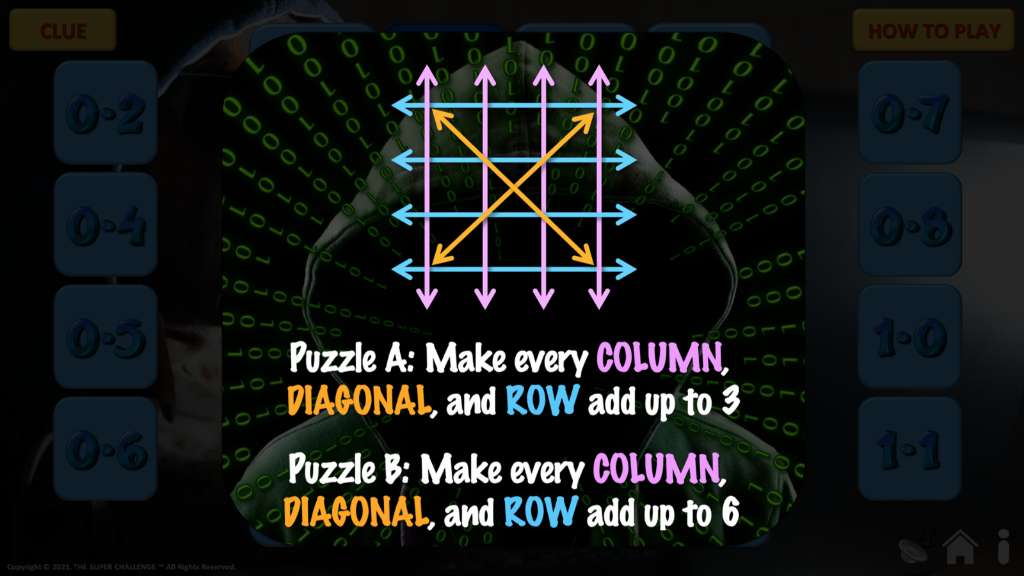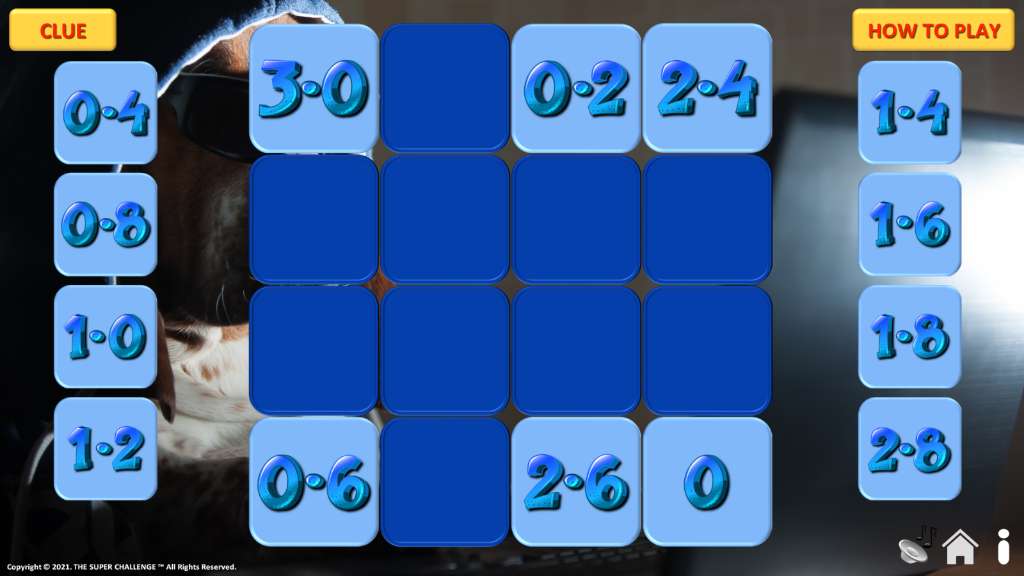FOUNDATION – BIRDS AND CATS
GAME PLAYS ON: PC, LAPTOP & TABLET
Birds & Cats - Game Description
Ages: 4 – 5 years old.
Learning position and movement with basic shapes, for foundation students.
Foundation includes: Preschool, Reception, Pre-kindergarten, Kindergarten, Pre-primary and Year 1 in England.
This is an educational mathematics game helping foundation level students to grasp the concepts of position and movement. With help from an adult, it is also a good game to teach the language of location and direction, such as ‘between’, ‘near’, ‘next to’, ‘forward’ & ‘toward’. It is fun to play and very engaging for the age group. It is also a good exercise to learn basic shapes and to improve spatial awareness.
Teacher References:
(ACMMG010): Describe position and movement. Interpreting the everyday language of location and direction, such as ‘between’, ‘near’, ‘next to’, ‘forward’, ‘toward’.
(ACMMG009): Sort, describe and name familiar two-dimensional shapes.
Ref: Australian Curriculum Mathematics.
How To Play:
(Adult to read aloud.)
Use the shapes to make the cat. Then can you make the bird? Drag the shapes to move them. Then you can FLIP or TURN each one to fit. It might get tricky, but you can do it! Can you name 3 of the shapes? (See the worksheet.)
Adult/Teacher: Please use words such as “near”. next to” and “between” when asking your student questions.
Birds & Cats - Learning Outcomes
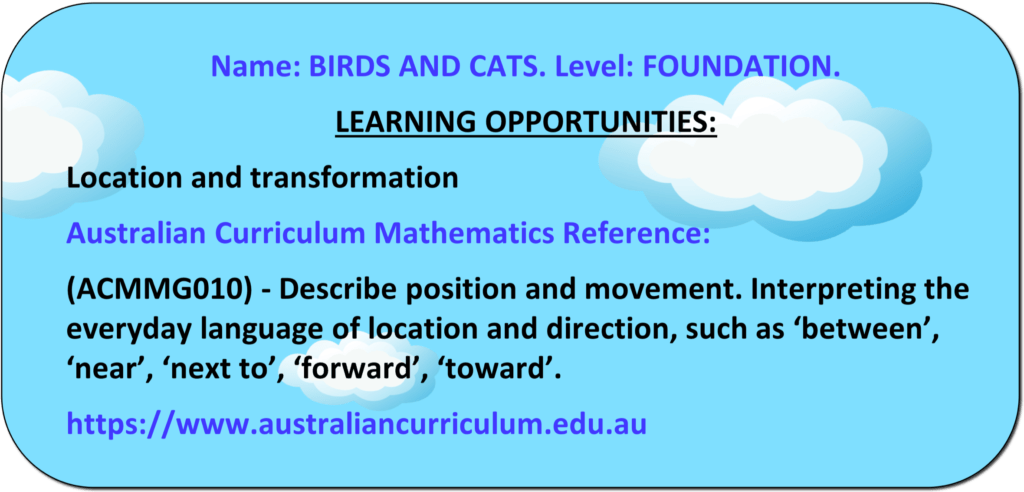
Birds & Cats - Worksheet
GRADE 1 – POPSICLE’S
GAME PLAYS ON: PC, LAPTOP & TABLET
Popsicles - Game Description
Ages: 6 – 7 years old
Suits: Grade 1 students in Australia, Canada, the U.S.A., and Year 2 students in England.
This is a practical and fun game helping students to understand simple addition and subtraction.
This is the follow-on addition and subtraction game from the first super challenge #1, called Dolphins, for this age group. Students must add or remove popsicles from the freezer. They are then asked to calculate how many popsicles they have remaining. It is slightly harder than the original addition and subtraction game and a very practical and easy way for students to understand the concept.
The game is full of fun sounds and encouraging voice-overs and helps to build student confidence with learning mathematics. It is designed to suit the Mathematics Curriculums of Australia, Canada, England and the U.S.A.
Teacher References:
(ACMNA015): Represent and solve simple addition and subtraction problems using a range of strategies including counting on, partitioning and rearranging parts. Developing a range of mental strategies for addition and subtraction problems.
Ref: Australian Curriculum Mathematics.
How To Play:
(Adult to read aloud.)
Sometimes you put popsicles into the freezer, sometimes you take them out. First you are putting them in. Add up the TOTAL number of popsicles on a blue square. Drag your answer onto the yellow circle. Once you have done them all, your challenge will appear. Now you must take them out of the freezer! Are you ready for the challenge?
Popsicles - Learning Outcomes
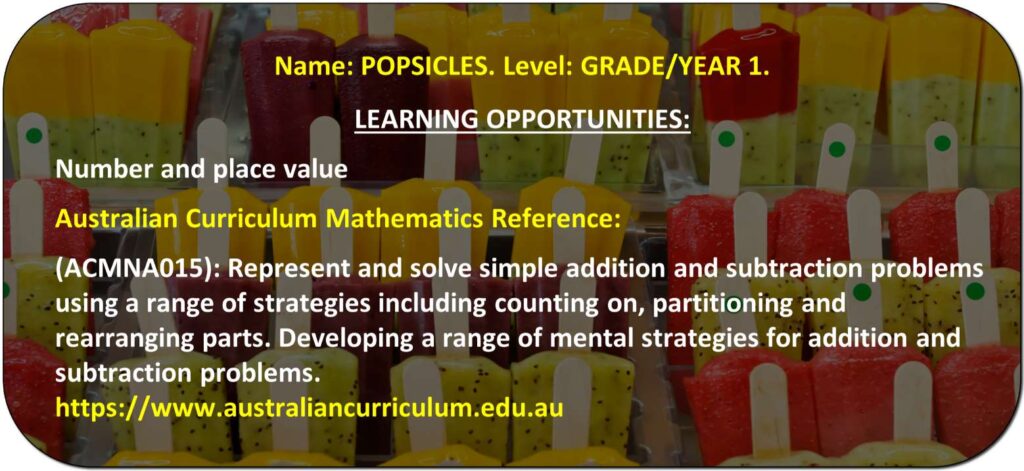
Popsicles - Worksheet
GRADE 2 – RESCUE
GAME PLAYS ON: PC, LAPTOP & TABLET
Rescue - Game Description
Ages: 7 – 8 years old
Suits: Grade 2 students in Australia, Second Grade students in the U.S.A. & Canada and Year 3 students in England.
Introducing addition and subtraction problems to students.
This game explores the connection between addition and subtraction. It is a very engaging and simple way for students of this age to learn how to solve number sentence problems. Students use counting-on to identify the missing element in an additive problem. This game makes it easy to understand as it presents number sentences it in a very clear and practical way without the need for the “+” and “-” symbols.
Set in outer space, students must solve number sentences to open a hatch door and rescue an astronaut. It is lots of fun and very engaging. This game is designed to suit the Mathematics Curriculums of Australia, Canada, England and the U.S.A.
Teacher References:
(ACMNA030): Solve simple addition and subtraction problems using a range of efficient mental and written strategies.
Ref: Australian Curriculum Mathematics.
How To Play:
You are a pilot and need to rescue an astronaut. You are the only one who can open the spacecraft door. Complete the challenge to open the door! The number 5 will appear in the middle circle. Then drag numbers onto the blue circles. You must make every arrow add up to 15. Then your challenge is next! The number 4 will appear in the middle circle. To open the door every arrow must add up to 12. Can you do it? Your astronaut is depending on you!
Rescue - Learning Outcomes
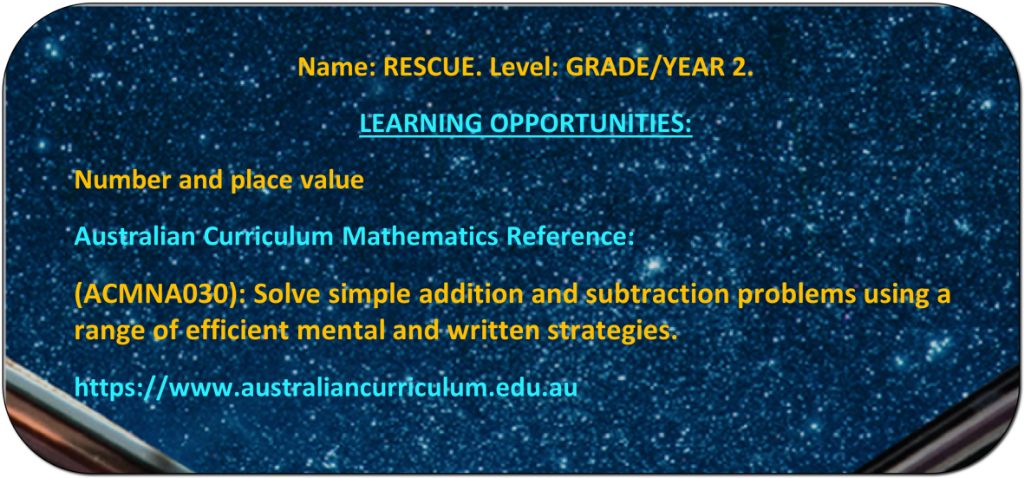
Rescue - Worksheet
GRADE 3 – BIRTHDAY
GAME PLAYS ON: PC, LAPTOP & TABLET
Birthday - Game Description
Ages: 8 – 9 years old
Suits: Grade 3 students in Australia, Third Grade students in the U.S.A. & Canada and Year 4 students in England.
Understanding fractions in a simple and effective way.
This game helps students to understand the concept of fractions. It is a very simple and effective way to demonstrate a difficult topic for this age level. Students must identify how many candles are blown out on a birthday cake. They are then asked to compare the number blown out to the total number of candles.
The game is also very encouraging as it is filled with positive sounds and voice-overs building mathematical confidence. It is designed to suit the Mathematics Curriculums of Australia, Canada, England and the U.S.A.
Teacher References:
(ACMNA058): Represent unit fractions including 1/2, 1/4, 1/3, 1/5 and their multiples to complete a whole. Recognising / Recognizing that the terms such as ‘one-third’ is used in order: numerator then denominator. Understanding fractions: 1/2, 1/4, 1/3, 1/5 and their multiples.
Ref: Australian Curriculum Mathematics.
How To Play:
It’s your dog’s birthday, so you made a cake! But she can only blow some of the candles out. How many candles are still on fire? Choose one of the cakes. Then choose correct answer and drag it to the circle. No guessing! You must get the answer correct on your first or second try, otherwise the GAME STARTS AGAIN! Are you ready for the challenge?
Birthday - Learning Outcomes

Birthday - Worksheet
GRADE 4 – ALIEN CITY
GAME PLAYS ON: PC, LAPTOP & TABLET
Alien City - Game Description
Ages: 9 – 10 years old
Suits: Grade 4 students in Australia, Fourth Grade students in the U.S.A. & Canada and Year 5 students in England.
Introducing the Cartesian coordinate system and ordered pairs in preparation for reading maps and interpreting graphs.
This game helps students learn how to read a grid map and to interpret a graph. It introduces the Cartesian coordinate system and ordered pairs.
Set on an alien planet with great sound effects, it is an exciting and very engaging way for students to learn the Cartesian coordinate system. It also teaches students how to read ordered pairs, an important concept to learn for students of this age.
The game is designed to suit the Mathematics Curriculums of Australia, Canada, England, and the U.S.A.
Teacher References:
(ACMMG090): Interpret information contained in basic maps.
Focusing on the Cartesian Coordinate System and Ordered Pairs.
Ref: Australian Curriculum Mathematics.
How To Play:
You are in an alien city on another planet. Can you read the city map? If you can read a grid, you can read a city map. As pieces appear, put them onto their correct positions on the grid. Do this until you have done them all! Make sure you drag each one carefully. Are you ready for the challenge?
Alien City - Learning Outcomes
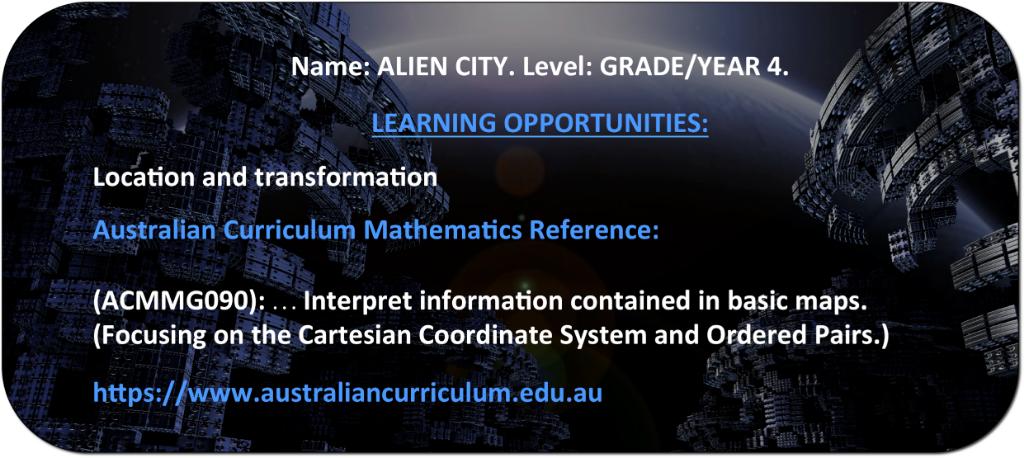
Alien City - Worksheet
GRADE 5 – LUCKY CHARM
GAME PLAYS ON: PC, LAPTOP & TABLET
Lucky Charm - Game Description
Ages: 10 – 11 years old
Suits: Grade 5 students in Australia, Fifth Grade students in the U.S.A. & Canada and Year 6 students in England.
Learning how to solve problems involving addition and subtraction of fractions with the same denominator. This game includes the fractions of quarters and eighths.
This game helps students learn to add and subtract fractions. When first played, this can be a challenging game for students. However, once they play this game a few times, they very quickly grasp this concept.
Set in Egypt with sounds of spells and mummies, it is a very engaging and fun game to play. Students will often play this game over and over cementing their understanding of addition with fractions. The game is designed to suit the Mathematics Curriculums of Australia, Canada, England, and the U.S.A.
Teacher References:
(ACMNA103): Solve problems involving addition and subtraction of fractions with the same denominator.
(ACMNA102): Compare and order common unit fractions and locate and represent them on a number line. Identifying the connection between the order of unit fractions and their denominators.
Ref: Australian Curriculum Mathematics.
How To Play:
You are visiting the pyramids and have found something in the sand. It looks like a lucky charm, but it was stolen from an ancient tomb by thieves. As soon as you touched it, a curse was placed upon you! Now, the tomb guards want the charm back! You need to complete the puzzle to lift the curse. Put numbers into the grid so every line will add up to one and one-half. See the clue if you need help. Good luck!
Lucky Charm - Learning Outcomes
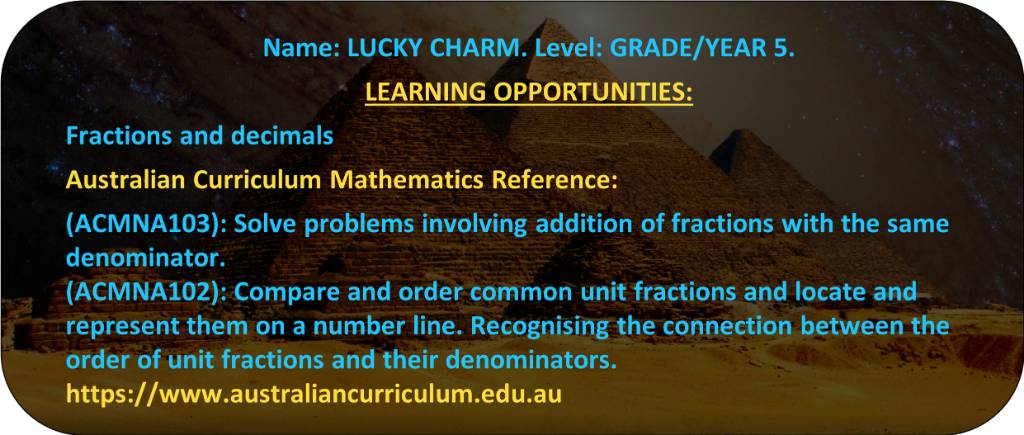
Lucky Charm - Worksheet
GRADE 6 – MISSING AREA
GAME PLAYS ON: PC, LAPTOP & TABLET
Missing Area - Game Description
Ages: 11 – 12 years old
Suits: Grade 6 students in Australia, Sixth Grade students in the U.S.A. & Canada and Year 7 students in England.
Problem-solving involving calculations of area and perimeter.
This is a great game to develop problem-solving skills. Students must perform area and perimeter calculations to solve a challenging puzzle. They must first complete a tangram challenge, then they must find the missing area of part of the completed shape.
The first part of the game keeps students engaged and makes the game lots of fun. The second part of the game involves many calculations, making it a good exercise in arithmetic. The game is used by teachers as a good gauge on how confident a student is with problem solving. This game is designed to suit the Mathematics Curriculums of Australia, Canada, England and the U.S.A.
Teacher Reference:
(ACMMG137): Solve problems involving the comparison of lengths and areas using appropriate units.
Ref: Australian Curriculum Mathematics.
How To Play:
Use the blue shapes to fill the yellow square. DRAG the shapes to move them. Then you can FLIP or TURN each one to fit. If you can do it, your super challenge will appear. You have to find the AREA & PERIMETER of the yellow rectangle. Put your thinking cap on! Don’t give up, you can do it!
Missing Area - Learning Outcomes
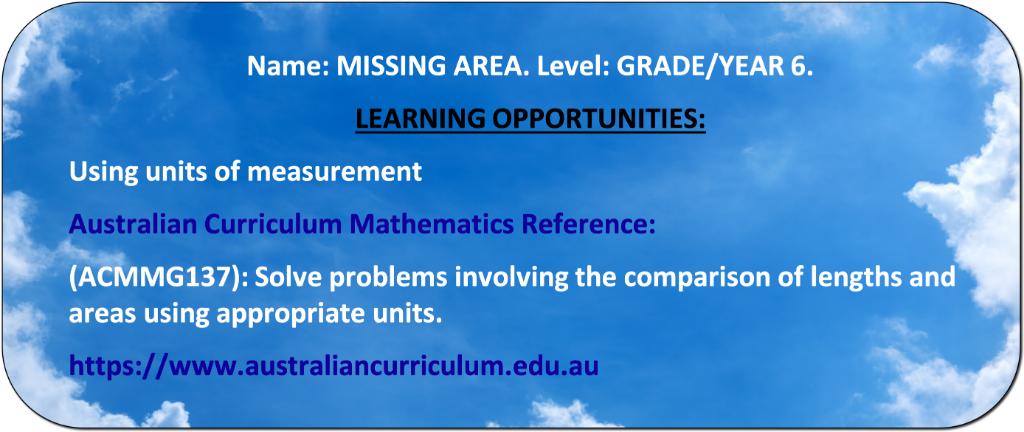
Missing Area - Worksheet
MAJORS – HACKER
GAME PLAYS ON: PC, LAPTOP & TABLET
Hacker - Game Description
Ages: 13 – 101 years old
This game helps parents and other adults teach students to become proficient at adding and subtracting decimals, without the use of a calculator.
If played just for fun, brain teaser difficulty level: 7/10
This game will give you a good understanding of addition and subtraction computations involving decimals. The challenge is for you to stop a computer virus that threatens the world. You must be able to complete the two challenging number puzzles without a calculator.
This mathematical concept is needed for Grade 5 & 6 in Australia, Canada, and the U.S.A. (Years 6 & 7 in England.)
Teacher Reference:
(ACMNA128): Add and subtract decimals, with and without digital technologies. Extending whole-number strategies to explore and develop meaningful written strategies for addition and subtraction of decimal numbers.
Ref: Australian Curriculum Mathematics.
How To Play:
You are a federal agent, and your challenge is to stop a hacker! You need to break the code to stop the hacker’s virus. Uncompleted puzzles will appear. Solve both puzzles, break the code and stop the virus. Then your mission will be completed! See the CLUE for details on your mission. Good luck, the world is depending on you!
THE SUPER CHALLENGE GAME TRAILERS
Watch the trailers to see some of our exiting and fun games in action!
Trailer One

Trailer Two


